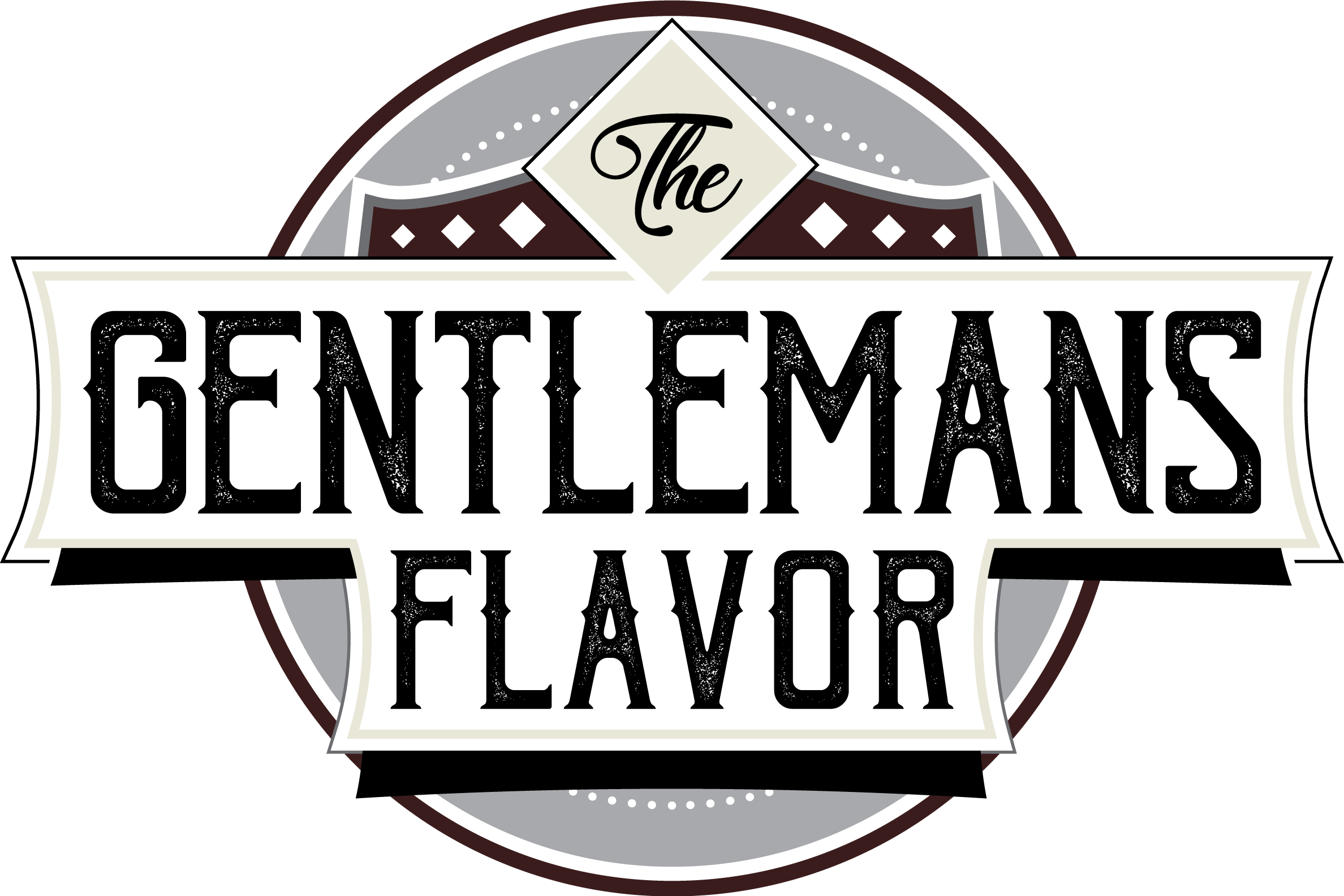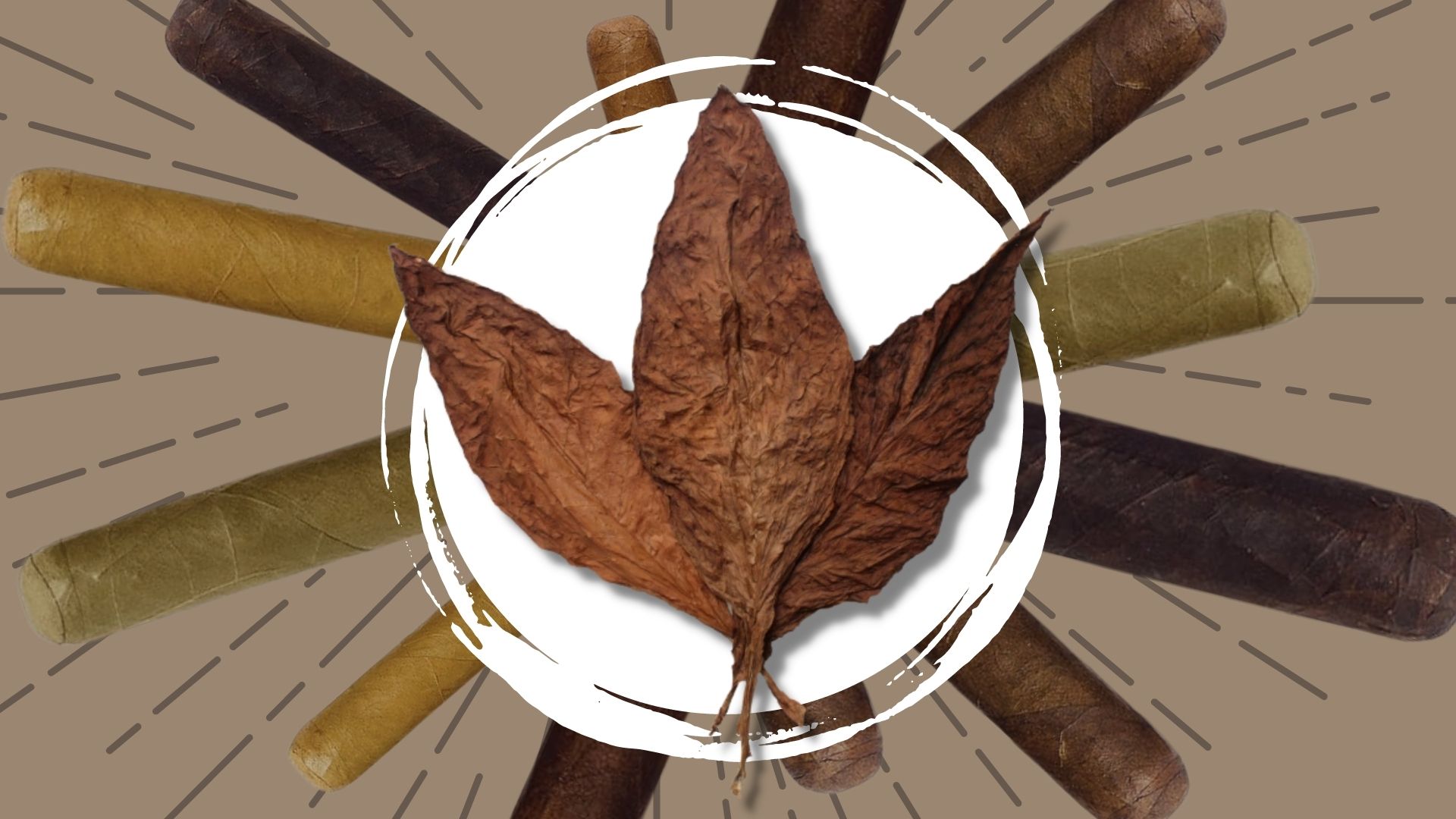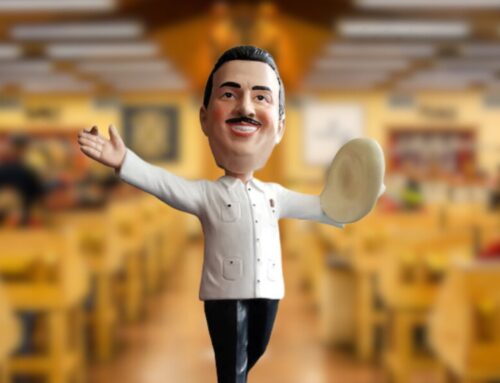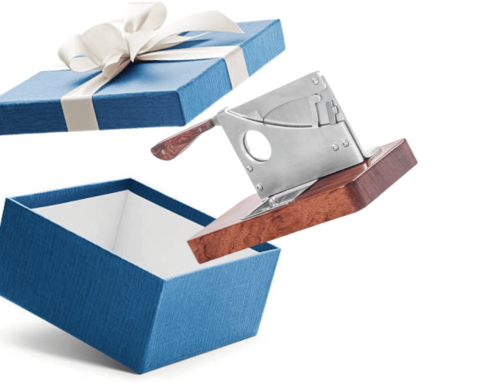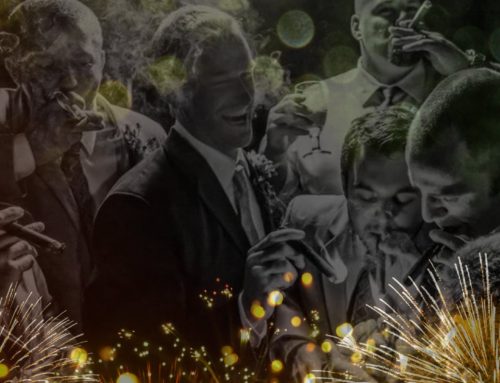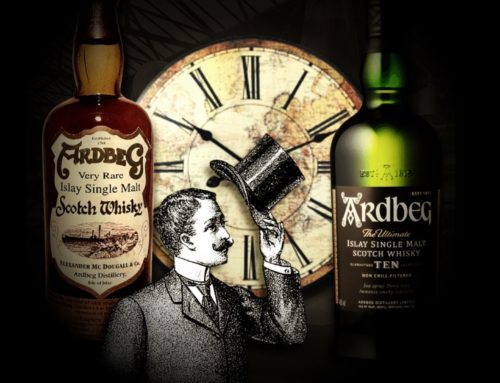Judging a cigar by the look of its wrapper can be akin to judging a book by its cover. The enclosed contents can produce quite a different effect than the outward appearance may suggest.
In this piece, we’ll identify the role that a wrapper plays in the taste and aroma of a cigar, and attempt to cut through much of the confusion that can surround them. We’ll take a look at a broad spectrum of wrappers that are being applied to cigars today and the characteristics in which they typically exhibit.
If you’re looking for one of the most detailed guides to cigar wrappers, you’ve come to the right place…
Is Beauty Only Skin Deep?
In addition to the accompanying cigar band and box, the wrapper plays a significant role in many enthusiasts’ decision to smoke a particular cigar. However, unlike the band and box – which obviously bear no impact on aroma and taste – it is the wrapper that unquestionably plays a substantial role in a flavor profile of a cigar.
Exactly how much of a role it plays however, is a debatable subject.
Each component of a cigar (wrapper, binder and filler) offers a certain contribution towards the overall flavor and aroma of a cigar. In some instances, a cigar can have mix of upwards of 4 or 5 different types of filler, which can significantly influence taste – as the bulk of a cigar’s content is comprised of mostly filler.
Thus, at best, the wrapper can be used as a fairly good indicator of the likelihood of a certain taste profile to follow – but this should not be relied on exclusively.
What Is Wrapper Leaf?
The wrapper leaf is the outermost leaf of a cigar that envelopes the interior binder and filler components. Together, there 3 components make up the blend. The wrapper is definitely the most expensive component of a cigar, as it is said that only a narrow margin (roughly 10-15%) all tobacco leaf grown is ultimately good enough to be used as a wrapper.
Though not always, wrapper leaves are typically derived from the middle primings of the tobacco plant, which is referred to as Seco. These leaves are typically thin, and not thick and coarse – like Ligero – which has the most direct exposure to the sun’s powerful rays. Seco primings are characteristically oily in appearance and highly aromatic.
Sometimes, to stand out from the pack and create a bolder and more powerful cigar, a cigar maker will purposely use the much thicker Ligero leaf. This however, is uncommon, as Ligero leaf is characteristically difficult to ignite and typically not as sweet and aromatic.
What Makes A Good Wrapper?
A good wrapper is required to be predominantly smooth in appearance and free of unsightly spots and blemishes. A few veins and little ‘tooth’ here and there is ok (‘toothy’ indicates that a cigar has some small bumps), but a wrapper that is overly veiny or toothy is typically frowned upon for use as wrapper leaf.
An ideal cigar wrapper will exhibit a certain amount of glossy sheen – this is typically referred to as being somewhat oily in appearance. This is generally a good thing.
Also, when it comes down to visual aesthetics, having a wrapper with a consistent color is of utmost importance.
This outcome is generally accomplished as a result of proper, careful fermentation.
Basic Cigar Wrapper Categories
At a very basic level, a cigar’s wrapper can be classified under one of two broad categories: Natural or Maduro. Wrapper leaf described as Natural appears lighter in color than Maduro which is used to define a darker wrapper leaf.
All tobacco is grown either in direct sunlight or under shade (today large cheesecloth nets are generally used to create shade). This factor has an initial impact on how light or dark the leaf will be. When the leaves are harvested plays a role too. Furthermore, during the fermentation process natural oils are drawn out from within the tobacco leaf, effectively darkening the wrapper as the leaf continues to age.
As a result of these factors, cigars with a Natural wrapper are generally are generally lighter in color and are more mild in flavor with less intensity.
Alternatively, cigars that are classified as having a Maduro wrapper are darker in color and are generally more full bodied in flavor with a stronger intensity.
During the fermentation process, the natural oils are drawn out from within the tobacco leaf, effectively darkening the wrapper as the leaf continues to age.”
Wrapper Categories by Shade
Beyond merely Natural or Maduro, wrapper categories can be further broken down by shade, basically starting off as a light green color (Double Claro aka Candela) and growing increasingly dark all the way up to practically black (Oscuro). As previously mentioned, the darker colors occur largely as a result of later harvesting, longer fermentation times, and whether the tobacco was grown in the shade or under direct sunlight.
These classifications can seen below:
- Double Claro (aka Candela): Double Claro leaf is harvested very early in the maturation process. To lock in a significant amount of chlorophyll, a quick drying process is used. This results in a light greenish color with a very mild and somewhat vegetal flavor profile.
- Claro (aka Connecticut): A shade-grown leaf with a light tan color exhibiting a very mild flavor that sometimes relies on the flavor of the binder and filler to lead the way.
- Colorado Claro: A light brown leaf picked after a moderate amount of maturation time that is still quite mild.
- Colorado: A reddish-brown shade grown leaf. At this stage, the leaf begins to exhibit a slightly robust flavor. This is the exact midway point of the spectrum.
- Colorado Maduro: A brown colored leaf that as a result of a longer fermentation period, has finally approached a truly robust flavor profile.
- Maduro: A dark brown leaf that has matured for an extended period of time, resulting in a sweet, very full-flavored, robust profile. Maduros are an extremely popular wrapper type today, especially among non-Cuban cigar varieties.
- Oscuro: At this stage, the leaf has practically achieved a black color profile. With such extensively prolonged fermentation, Oscuro wrappers are the most robust and full-flavored wrappers in existence. They are sometimes referred to as ‘Negra’ or ‘Double Maduro’.
Wrapper Categories By Geography
Up to this point, we’ve focused primarily on classifying a cigar by colour due to whether it has been grown under shade or sun as well as the time of harvest and length of fermentation time.
Within the description of a cigar provided by a cigar maker, you’ll encounter some wrapper names that have not been outlined yet within this piece. These names are often used as a result of the geographical area from which the strain is grown and cultivated from a particular seed.
Given the differences in regional climate, acidity and alkalinity of the soil, as well as different methods of production, growing tobacco using the same seed in a different location can result in wildly different tastes and aromas.
This shade grown wrapper, grown in Connecticut USA, is velvety, smooth, and mild, delivering rich notes of cedar, nuts and sweetness. Today it is also grown in Ecuador.“
To further assist in your understanding of a cigar wrapper, we have compiled as many here as we can. It is however, impossible to include every wrapper that is available today. This is because there are so many different regional iterations of a particular strain given that the same seed can be used in different locations.
Your next cigar may boast of having a wrapper name that is found from within this list:
- Cameroon: These wrappers are typically not fermented for very long periods of time and are relatively toothy. Cameroon tobacco is marked by a big flavor profile with ample sweetness, but without excessive levels of intensity. Cameroon wrappers are grown in Cameroon, Africa, but are also now grown in other areas (like Ecuador) from Cameroon seed.
- Connecticut Shade: This shade grown wrapper, grown in Connecticut USA, is velvety, smooth, and mild, delivering rich notes of cedar, nuts and sweetness. Today it is also grown in Ecuador.
- Connecticut Broadleaf: Unlike the shade grown variety, Connecticut Broadleaf is grown under direct exposure to the sun. It’s a short, stout plant with very broad leaves that turn very dark with aging. It is marked by a bold, sweet smooth profile.
- Corojo: Initially used on Cuban cigars exclusively, it is now a spicy, sweet, oily wrapper that is predominantly grown in Honduras.
- Criollo: Originally used as filler tobacco, Criollo is grown from Cuban seed in Nicaragua. It is typically creamy and smooth and is said to be as close to tasting Cuban as you can get. Criollo is also grown in Honduras and Mexico.
- Habano: Often delivering a medium-to-full flavor profile, it’s generally spicy, chocolatey and rich, with a dark colour. Now mostly grown in Nicaragua, Habano wrappers are also still also grown in Ecuador and Honduras.
- Java: Also known as Besuki, it is a very thin tobacco grown in Indonesia that is generally very mild, aromatic and distinct.
- Mata Fina: A stalk-cut tobbacco that is grown exclusively in Brazil under direct sunlight, producing a dark wrapper that is generally sweet, smooth and rich.
- Olor: Grown mostly in the Dominican Republic, Olor is a thinner leaf that generally has an incredible burn.
- Piloto: Is named after a town in the famous Pinar del Rio region of Cuba. Spicy, aromatic and full-bodied, today it is also grown in the Dominican Republic.
- Rosado: A close cousin of the Habano wrapper, it exhibits cedar and spice and is commonly grown in Ecuador.
- San Andrés: An earthy, hearty and somewhat rustic wrapper from Mexico. As San Andrés cigar wrappers are naturally dark and the leaves work exceptionally well when aged to achieving a maduro profile.
- Sumatra: Coming from a large island off of Indonesia, Sumatra is a kind of black tobacco that is relatively mild with a slightly sweet profile. Today it is also grown in Honduras and Nicaragua and Ecuador from Sumatran seed.
Summary
Understanding what a cigar wrapper is all about can be a confusing and misleading experience. Some cigar makers choose to designate a particular name to a certain wrapper while another cigar maker labels the same wrapper as something entirely different. Different countries also often use different names than other countries. Some say Oscuro, others say Negra.
I say tomAto, you say tomAHto.
Hopefully we’ve created some clarity for you with this piece.
When you get right down to it, a cigar wrapper’s outcome and final classification is determined mostly by the seed used, where it was grown, whether it was grown under sun or shade, when it was harvested, and how long it was fermented. Beyond that, there are certainly other factors associated with differing methods of production that can affect the wrapper leaf outcome.
Of course, be sure not to rely exclusively on the shade or color of a wrapper to predict its body or intensity, as there are lighter shade wrappers out there that are full bodied and can knock your socks off. There are also milder cigars with a dark wrapper.
Don’t forget to check out what the binder and filler are all about too, as they play a huge role in a cigar’s ultimate outcome.
Most of all, remember to appreciate the work and the art that goes into taking a seed and turning it into something truly spectacular to enjoy.
-Kurt Bradley

Kurt Bradley is the founder of The Gentleman’s Flavor, to which he is also a contributing editor, host and curator.
Kurt is a certified Whisky Ambassador accredited by The Scotch Whisky Association and has achieved Level 2 Award in Wine & Spirits Education Trust with distinction.
His favorite cigar wrapper is from Cameroon.
